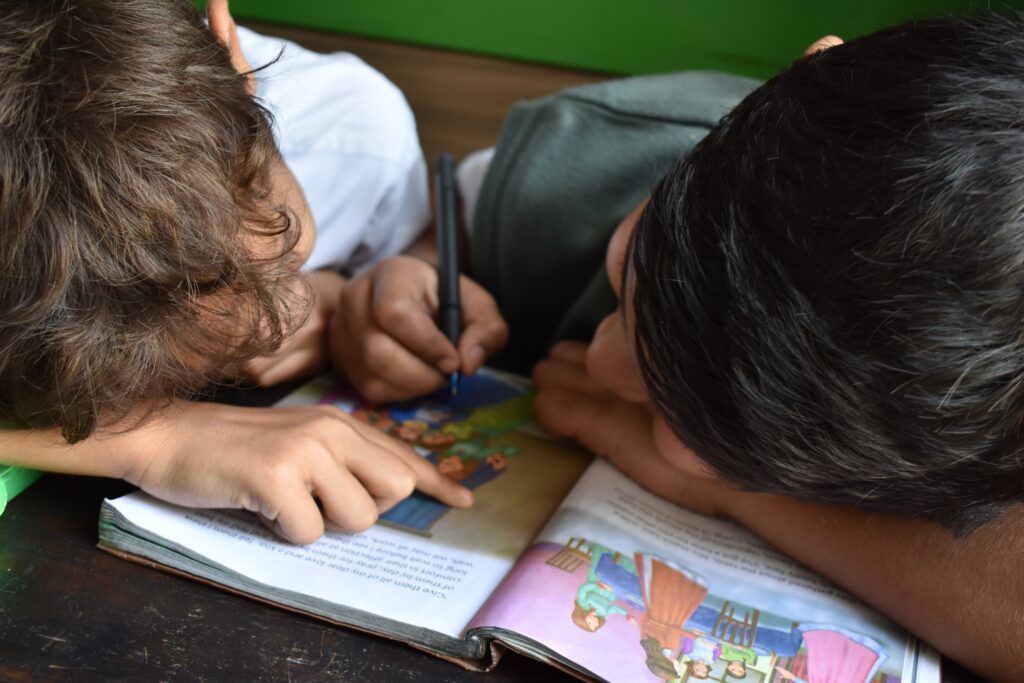The Importance of Parent Teacher Communication

Establishing regular communication between parents and teachers helps to create an environment where parents feel informed about their child’s progress. Placing a focus on establishing connections so each child’s needs are met. Skool Loop is a communication app that helps to create effective and efficient communication between parents and teachers. To provide a better insight into the necessity of good parent teacher communication, we look at what parent teacher communication is, why it is important and ways teachers can focus on improving parent teacher communication in the classroom.
What is parent teacher communication?
Positive connections are formed between teachers and parents/caregivers through parent-teacher communication strategies. For teachers, this is creating consistent updates for families about classroom progress, events and each child’s individual pursuits. Establishing regular newsletters or notifications for parents to be informed helps to cultivate an environment where parents naturally become more involved in their child’s day-to-day activities. Thus building a positive space to nurture each child’s classroom engagement.
Why is parent teacher communication so important?
Effective parent teacher communication is such an important focus when creating a positive learning environment for children as it fosters an active school community. Shared information between teachers and parents is shown to improve attendance and learning capabilities for children. Effective communication motivates each child to feel valued by their school and home community. Parents can also communicate their child’s needs more freely, allowing teachers context and understanding around each individual child. When parents and teachers work in partnership, it cultivates an environment of potential and success in a child’s home and school life.
The three C’s to forming positive parent-teacher communication
To create positive communication strategies for your classroom, remember the three C’s for parent-teacher communication when developing great communication patterns.
- Communication: The first ‘C’ towards creating a great relationship between home and school life for children is communication. Developing an approachable environment where parents feel they can express their needs and learn more about their child’s development early on in the school year can set up a great opportunity for positive communication throughout the year, creating a two-way conversation and relationship between the classroom and home, and more parental involvement in a child’s learning progress.
- Consistency: Establishing a consistent communication routine creates a more positive perspective on classroom activities by parents and whanau. A school or classroom community that is regularly informed doesn’t feel as though they are missing out and also shows off the progress of the class. Even if you are celebrating a group achievement, parents see each student’s success and the connection that they have with their own children. Developing consistent communication in the classroom sets the class up for success.
- Collaboration: Allowing parents’ and caregivers’ input into classroom activities nurtures a successful communication relationship. Many parents will value the opportunity to have a say or to be involved in their child’s education. This gives teachers an opportunity to have a more collaborative classroom environment, where they can communicate with parents when help is required, and parents will feel positive about getting involved.
A great method of communication is through a school newsletter – newsletters display progress, inform parents, show classroom activities, and give teachers a chance to present opportunities for collaboration. Individual teachers may choose to have a classroom newsletter or contribute to the regular school newsletter, through the Skool Loop app this can be easily updated and received by parents instantly. Allowing schools to focus on intentional and positive parent-teacher communication.
Talk To Our Friendly Team!
Want to know more about Skool Loop? Our friendly support team is ready to answer any questions you may have.
Creative Website Design By Digital Refinery



